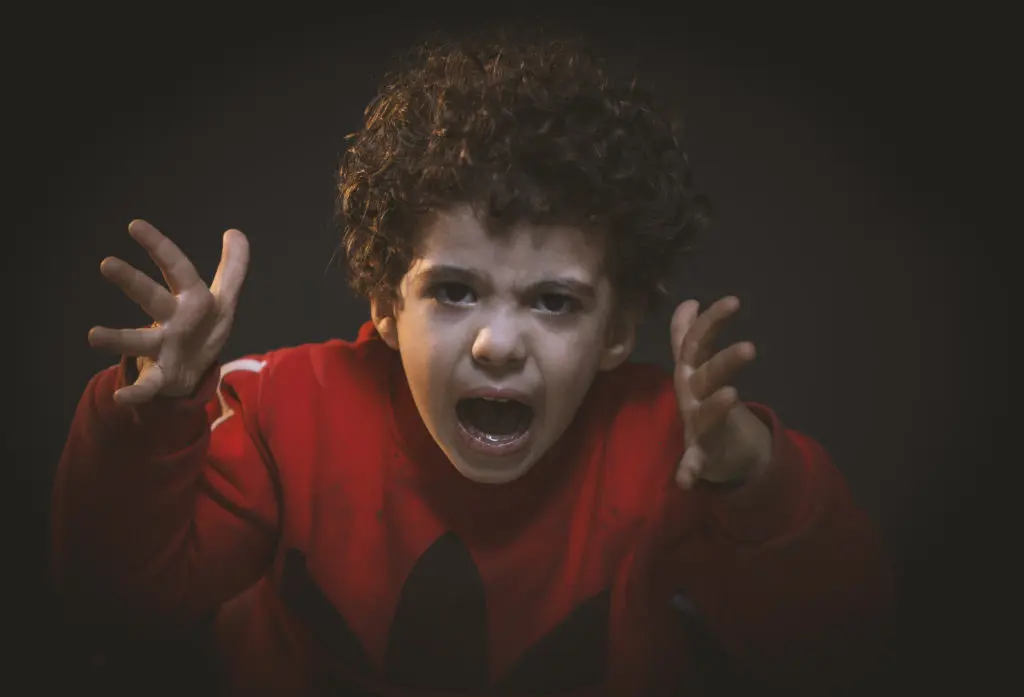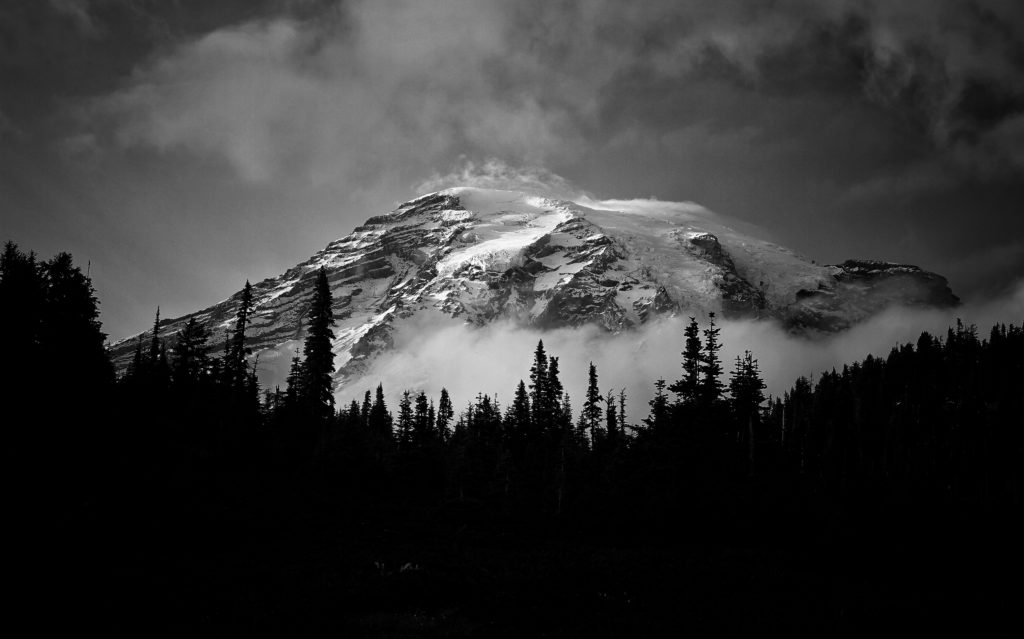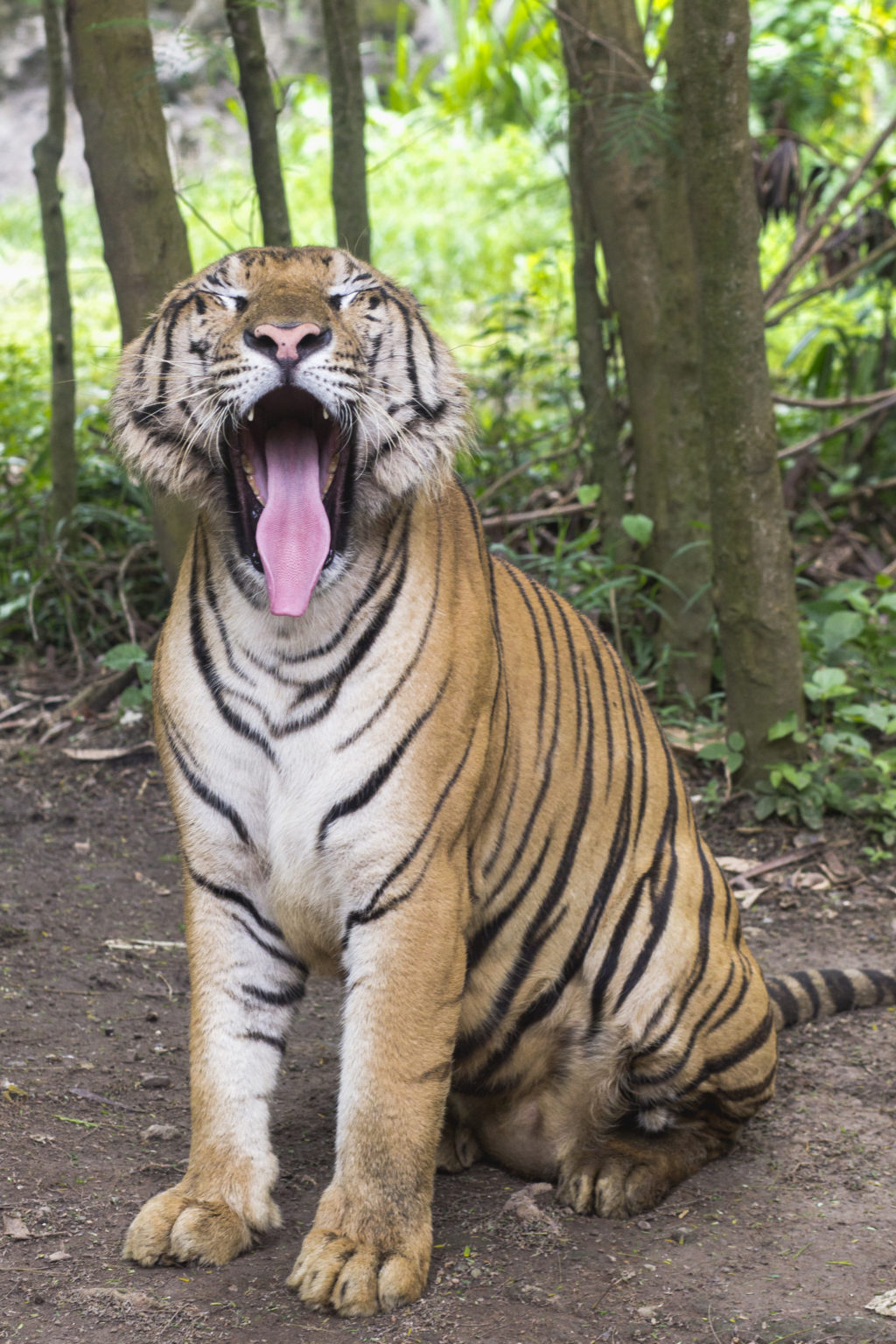Use These Easy Tactics to Add Emotion to a Photograph
By Rob WoodA lot of photographers talk about adding emotion to a photograph. But what exactly does that mean and how can you do it? Basically, it means evoking an emotional response in the viewer and there are many tried and true ways to do that. Many of the ways in which you can add emotion to your photographs are via great composition.
Here are some easy ways to elicit a response, though there are literally hundreds of other ways.
1. Colour
There are certain colours and combinations of colours that (in general) can be used to evoke emotions. Colours like red and black are aggressive colours for example, and stressing them in a photo can make the photo more confrontational.On the other hand, blue or green can be quite emotionally calming like in this serene coastal landscape.
2. Subject Matter
Some subjects just inherently provoke an emotional response in people. Take, for example, a spider. We have been conditioned to fear spiders and so a spider acting in an aggressive fashion by attacking the camera will generate a strong sense of fear in many people. Simply choosing a subject matter that is perceived as aggressive can help add emotion to a photograph.3. Contrast
This one is related to colour, but using strong contrast in an image can help provoke strong emotion in the audience of the image. The viewer might have many different responses, but boredom is unlikely to be one of them. Strong contrast is an aggressive, threatening or looming element in an image just as weak contrast can be used as a calming element.Notice how the lack of contrast makes this image more calming:
4. Expression
In much the same way that certain subject matter can evoke an emotional response, so can various human or animal expressions. A dark scowl can be menacing as can a roar from a tiger. Notice how the different expressions of the big cats below elicit a different from the viewer.Cute…
Perhaps not so cute…
5. Use of Shadow
The simple application of strong or harsh shadow across a face (human or animal) tends to lend a lot of emotion to an image. There can be a lot of overlap with this strategy and that of contrast.Share this article.
Further Reading:
- How To Create Amazing Compositions Simply By Using Color
- Take Your Composition To The Next Level With These 3 Advanced Composition Techniques
- 5 Free Guides on Five Composition Tools to Help You Compose Better Photos
- 5 Ways To Break The Rules Of Composition
- The Head Vs. The Heart: Why Composition Matters And By How Much









No comments:
Post a Comment
Note: Only a member of this blog may post a comment.